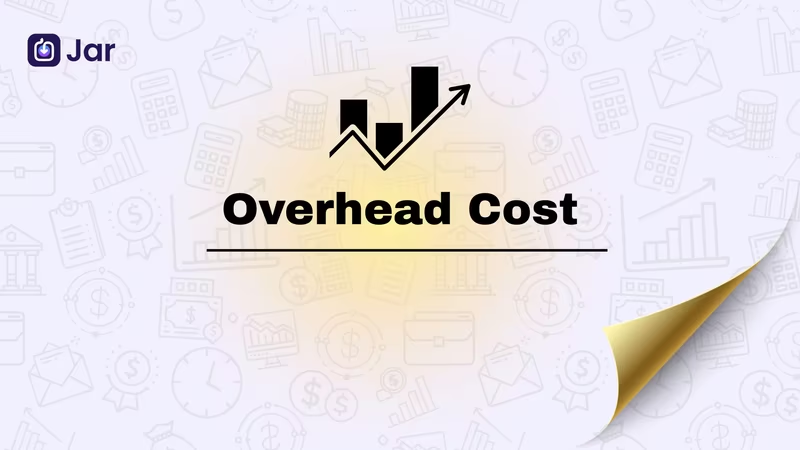Overhead costs are necessary for a business to operate smoothly but do not directly contribute to generating revenue.
In simple terms, overhead is also known as the ongoing business expenses that are not directly linked to producing goods or services. Examples include rent, utilities, administrative salaries, office supplies, etc.
Every business, from a small start-up to a large enterprise, incurs overheads to maintain day-to-day operations. Managing these costs efficiently helps improve profitability and resource utilisation.
Types of Overheads
Overheads can be categorized into 3 main types:
- Fixed Overhead: These expenses remain constant regardless of the level of business activity. For instance, rent or insurance payments do not change whether production increases or decreases.
- Variable Overhead: These costs vary depending on business operations. Examples include electricity bills, packaging materials, and sales commissions.
- Indirect Expenses: These are costs that support business functions but are not directly tied to specific products or services, such as marketing, accounting, or cleaning services.
Imagine a bakery that sells cakes. The flour, sugar and eggs are direct costs since they are part of the product.
However, the rent for the bakery shop, the cashier's salary, and electricity bills are considered overhead costs because they do not directly contribute to baking but are essential for operating the business.
Why Do Overheads Matter?
Understanding and managing fixed overhead, variable overhead, and other indirect expenses helps businesses control costs and plan better budgets.
High overheads can affect profit margins, while efficient overhead management can improve overall financial health.
In conclusion, overhead is also known as the backbone of operational expenses, supporting business continuity even when production or sales fluctuate.










